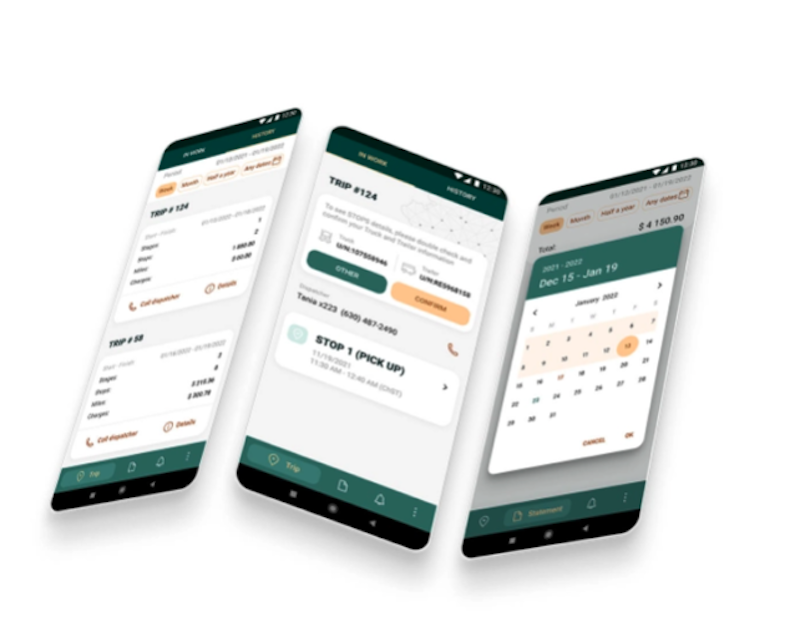
Decoding Transportation Synergy: Distinguishing Routing and Scheduling While Maximizing their Integration
The transportation and logistics sector thrives on efficient resource allocation and exceptional service quality. Central to these objectives are two distinct yet interconnected concepts – routing and scheduling.
Comprehending their individual roles, while embracing their combined power, is the key to unlocking the full potential of transportation operations.
Routing
Navigating Efficiently
- Focus: discovering optimal transportation routes
- Factors: distance, traffic, road conditions, fuel efficiency, weather, regulations
- Techniques: shortest path, traveling salesman problem, vehicle routing problem, optimization algorithms
- Benefits: reduced fuel consumption, shorter travel time, decreased costs, enhanced reliability
Routing refers to the process of identifying optimal paths for transportation. It takes into consideration numerous factors, such as distance, traffic, road conditions, fuel efficiency, weather, and regulations.
By addressing problems like the shortest path, traveling salesman problem, and vehicle routing problem, routing leverages optimization algorithms to minimize fuel consumption, travel time, and costs, while maximizing reliability.
Scheduling
Orchestrating Timelines
- Focus: coordinating and allocating resources
- Factors: vehicle availability, delivery time windows, customer preferences, driver schedules
- Techniques: constraint programming, integer programming, heuristic algorithms, machine learning
- Benefits: improved customer satisfaction, smoother operations, optimized resource utilization, increased productivity
Scheduling, conversely, centers on coordinating and allocating resources. It factors in vehicle availability, delivery time windows, customer preferences, and driver schedules.
Employing techniques such as constraint programming, integer programming, heuristic algorithms, and machine learning, scheduling enhances customer satisfaction, streamlines operations, optimizes resource utilization, and boosts productivity.
Unified Approach
Integrating Routing and Scheduling
- Addresses challenges from both routing and scheduling
- Offers comprehensive optimization for transportation and logistics
- Elevates overall efficiency, customer satisfaction, and reliability
- Supports informed decision-making, long-term planning, and adaptability
By intertwining routing and scheduling, businesses can proficiently manage transportation and logistics complexities. This integration results in comprehensive optimization, significantly elevating efficiency, customer satisfaction, and reliability.
Moreover, the collaborative nature of routing and scheduling fosters better decision-making, long-term planning, and adaptability in changing circumstances.
Sector-Specific Applications
- Parcel delivery: Balancing route efficiency with precise delivery time windows to achieve optimal customer satisfaction.
- Public transit: Streamlining bus and train routes, and schedules to accommodate passenger demands and minimize wait times.
- Logistics management: Enhancing the utilization of vehicles and drivers to minimize operational costs and maximize productivity.
Challenges and Opportunities
The complexities of modern transportation and logistics systems present challenges that necessitate the seamless integration of routing and scheduling. Technological advancements and ever-evolving customer expectations demand constant adaptation and innovation.
To stay ahead in the game, businesses must develop scalable and flexible systems that can adapt to new circumstances, integrate real-time data, and provide actionable insights for decision-makers.
By overcoming these challenges and leveraging available opportunities, organizations can tap into the potential of routing and scheduling to transform their operations and achieve unparalleled growth.
Embracing Technology
Emerging technologies like artificial intelligence, machine learning, and the Internet of Things (IoT) offer promising solutions for enhancing routing and scheduling.
AI-powered algorithms can process massive amounts of data, allowing businesses to optimize routes and schedules in real-time based on current conditions.
IoT devices can enable real-time communication between vehicles and control centers, facilitating dynamic adjustments to routes and schedules as circumstances change.
By embracing these cutting-edge technologies and incorporating them into their routing and scheduling systems, organizations can forge ahead in the competitive transportation and logistics sector, delivering unparalleled service quality and operational efficiency.
Unleash Untapped Potential
Understanding the distinct roles of routing and scheduling, along with capitalizing on their synergistic potential, is essential for organizations striving to excel in the competitive transportation and logistics landscape.
By uniting these elements and exploring sector-specific applications, businesses can unleash untapped potential and chart a course towards greater success.


